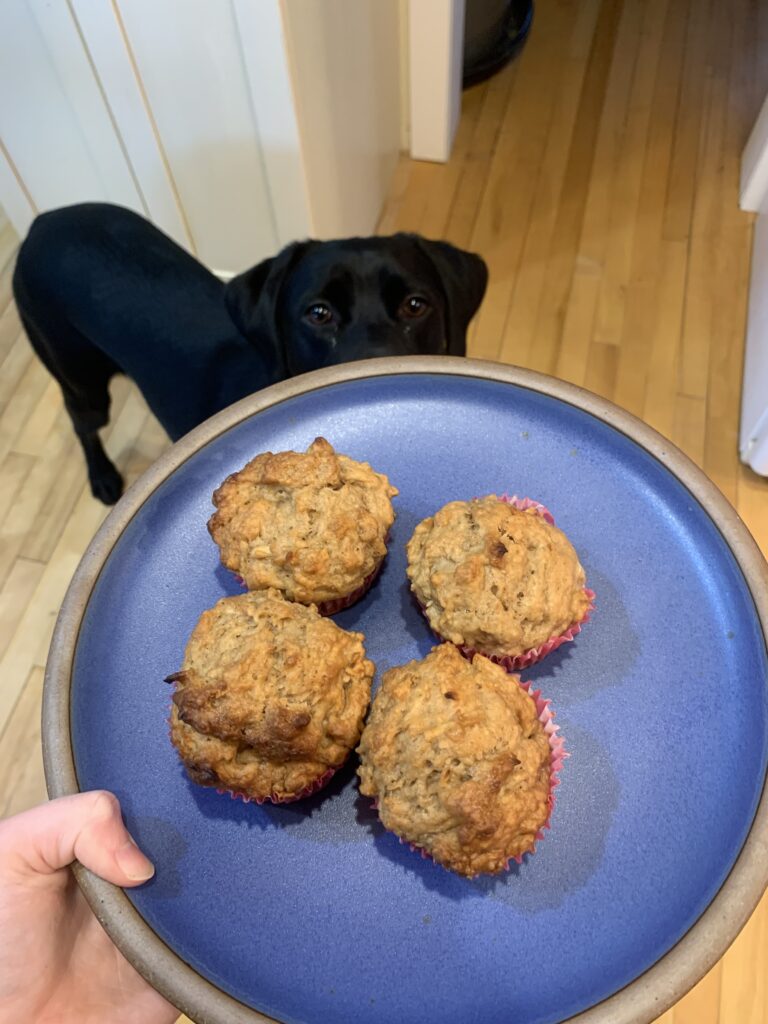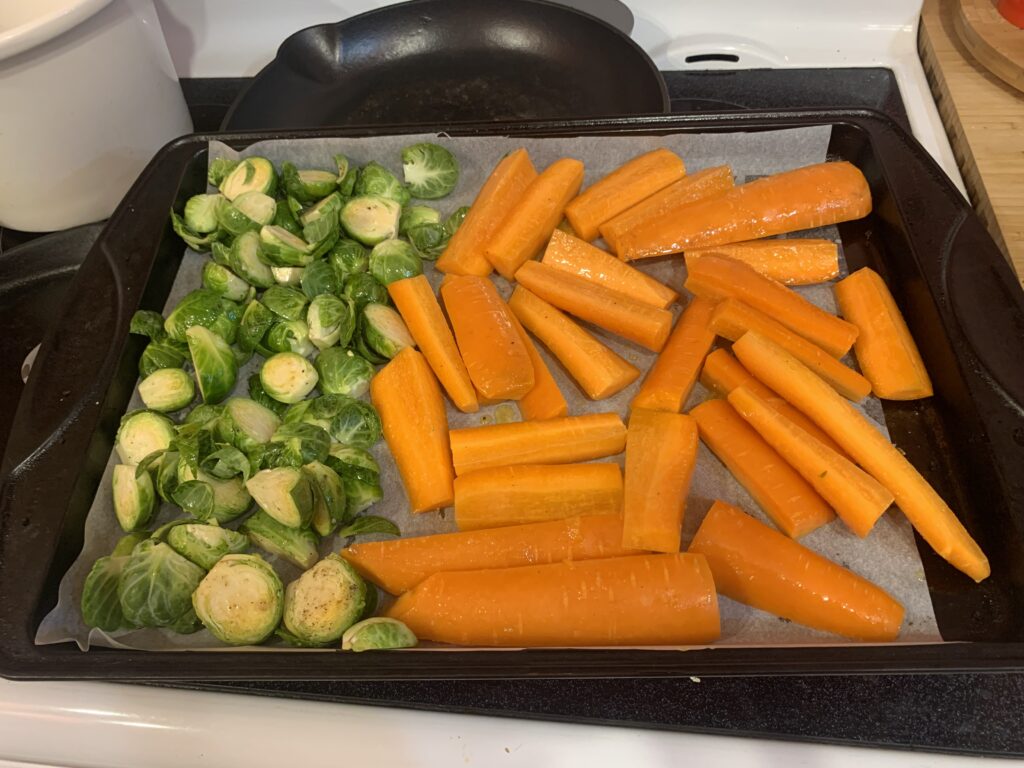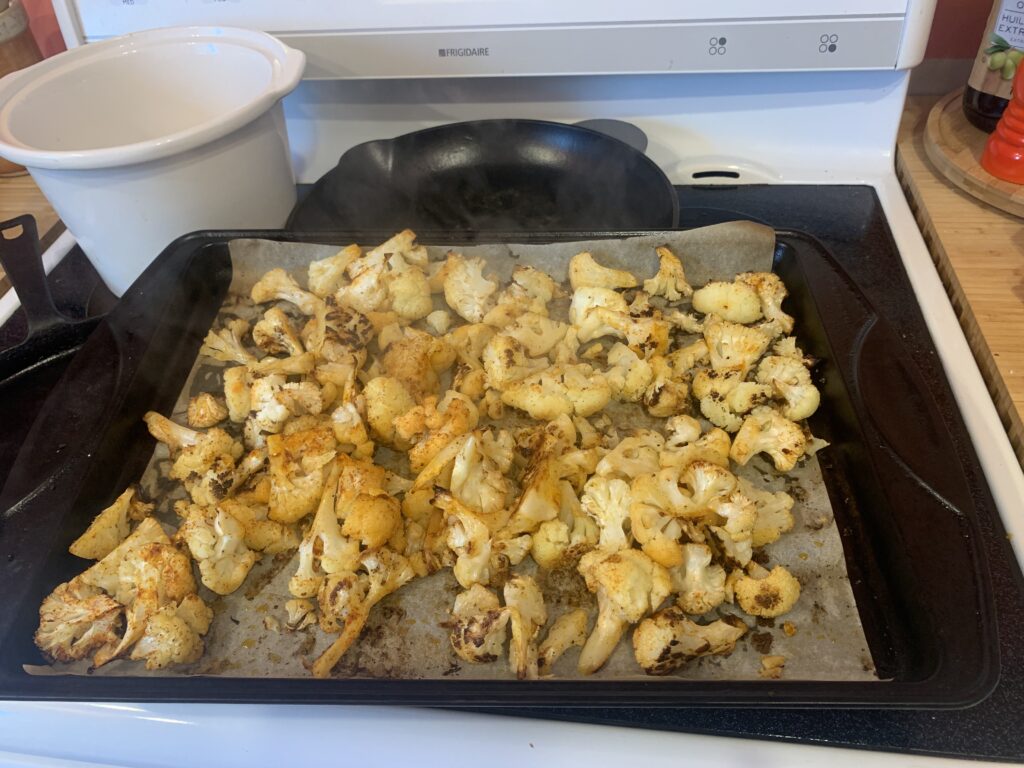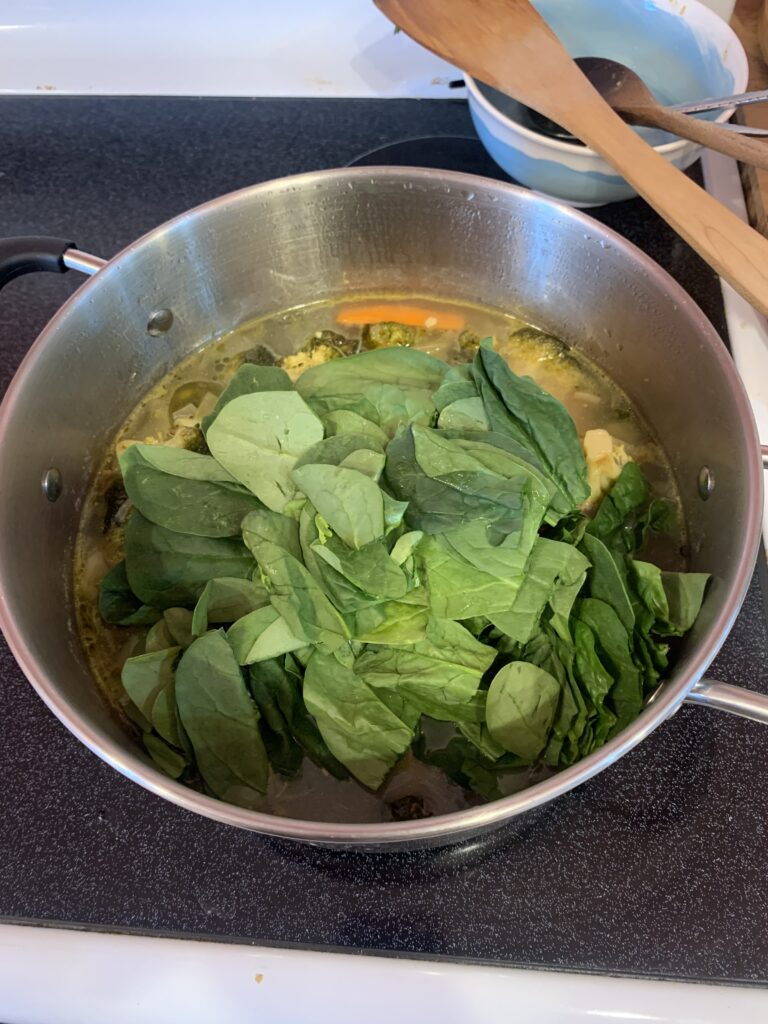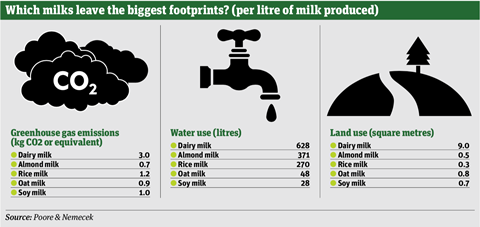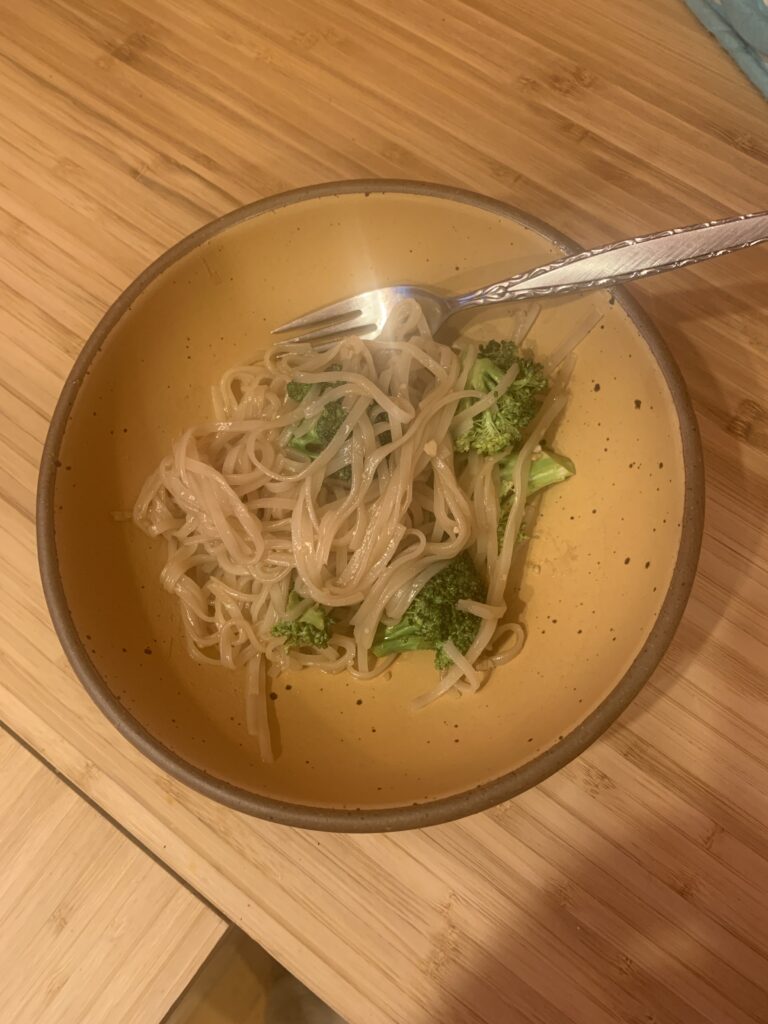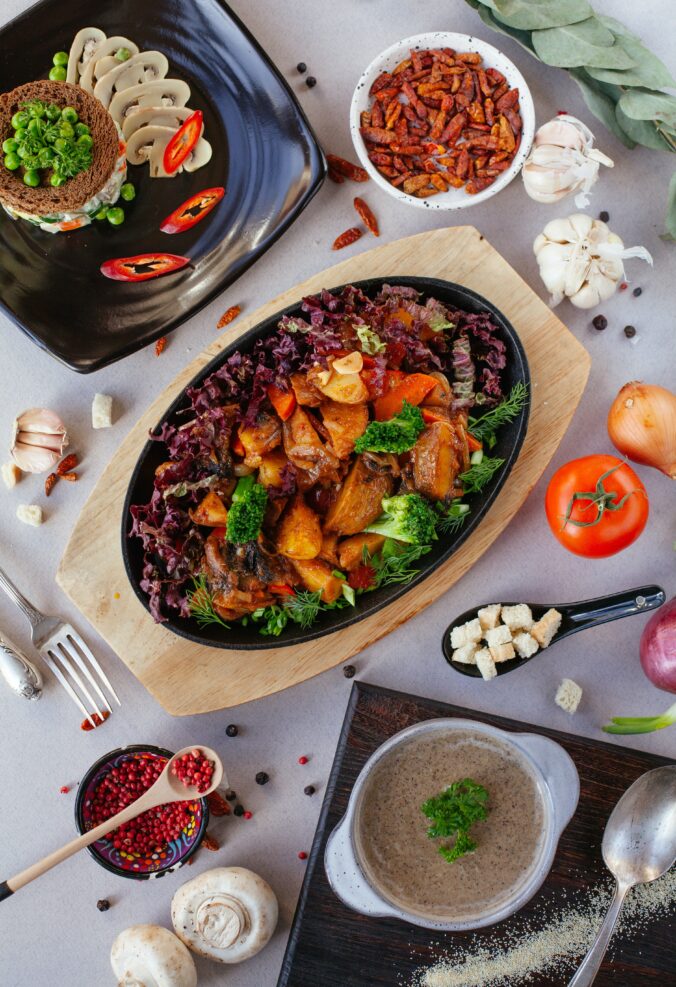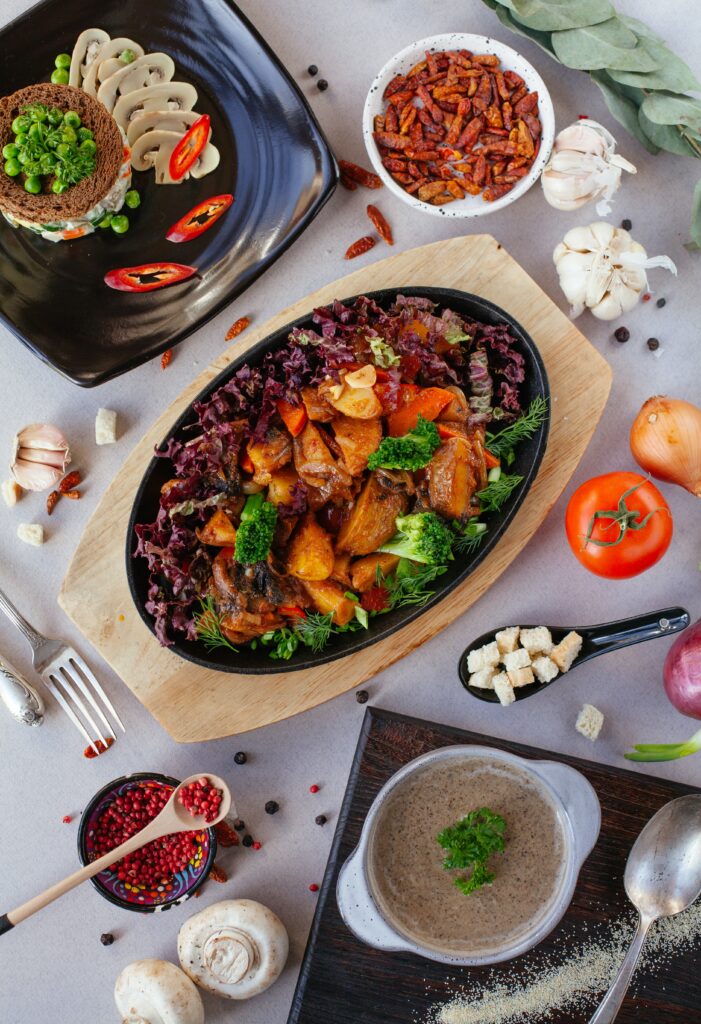As one final experiment in my vegan inquiry project, I decided to try making some crispy veggie spring rolls.
I bought rice paper and softened it very briefly in some water, chopped up carrots, cabbage, and shallots and started rolling. Right from the start, things started to go sideways. The rice paper is pretty tricky to deal with and I had a very hard time getting anything to roll tightly.

but i did eventually get a number of them rolled and ready to go in the frying pan
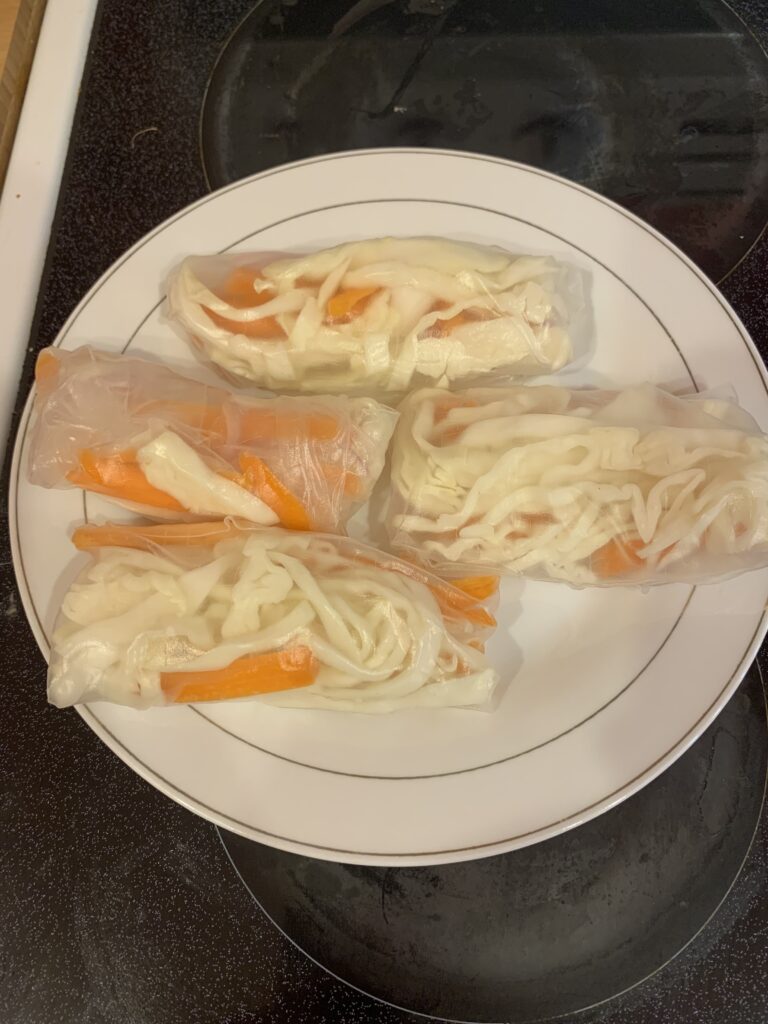
this was the next hiccup. I don’t have a deep fryer so I ended up shallow frying them in a cast iron pan, but there was still a LOT of hot oil spitting off my stove.
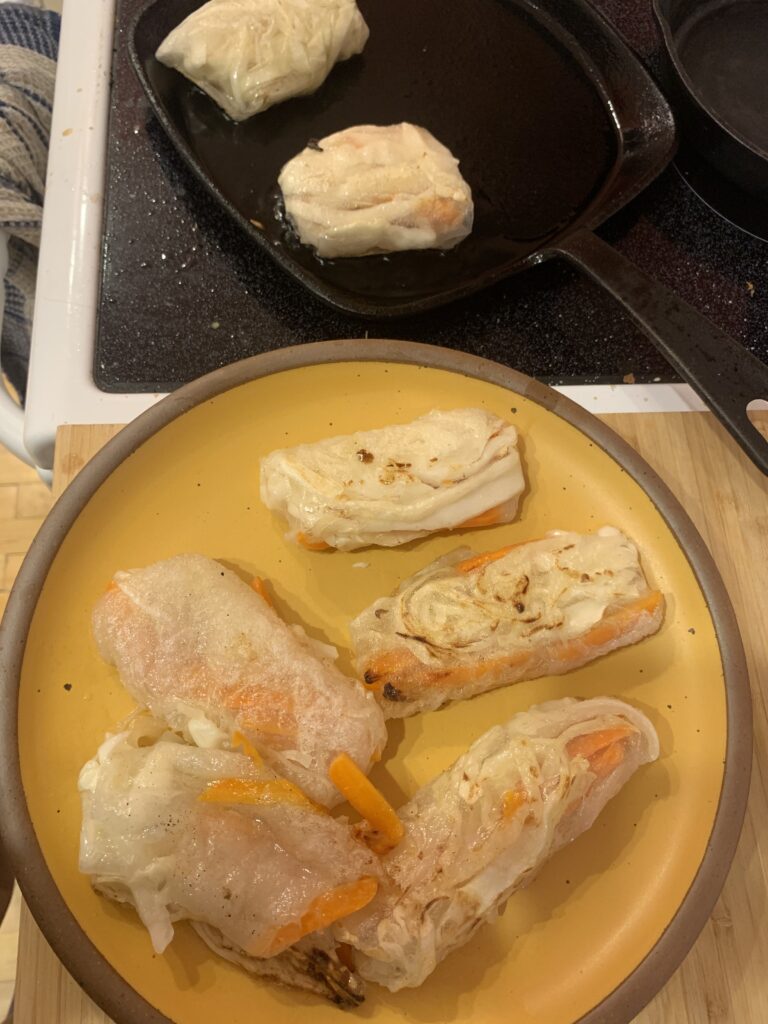
I was concerned about burning them or myself so I ended up undercooking the spring rolls and they didn’t crisp up as much as I would have liked. They also ended up being pretty oily and quite messy to eat, falling apart as soon as I bit in.
BUT they were pretty yummy with some soy and garlic dipping sauce. I would call this one of my less successful attempts during the project but still an overall worthwhile experience and one I would definitely try again.
One thing that I’ll definitely take away from this project is that it is easier than I imagined to incorporate more plant-based food into your life if you think more about adding than taking away. I find it pretty intimidating and honestly, not all that inspiring to try making a lot of 1-1 meat substitutes, but I definitely think adding more plant-based meals during a week is doable with just a little tweaking to meals I already enjoy.
